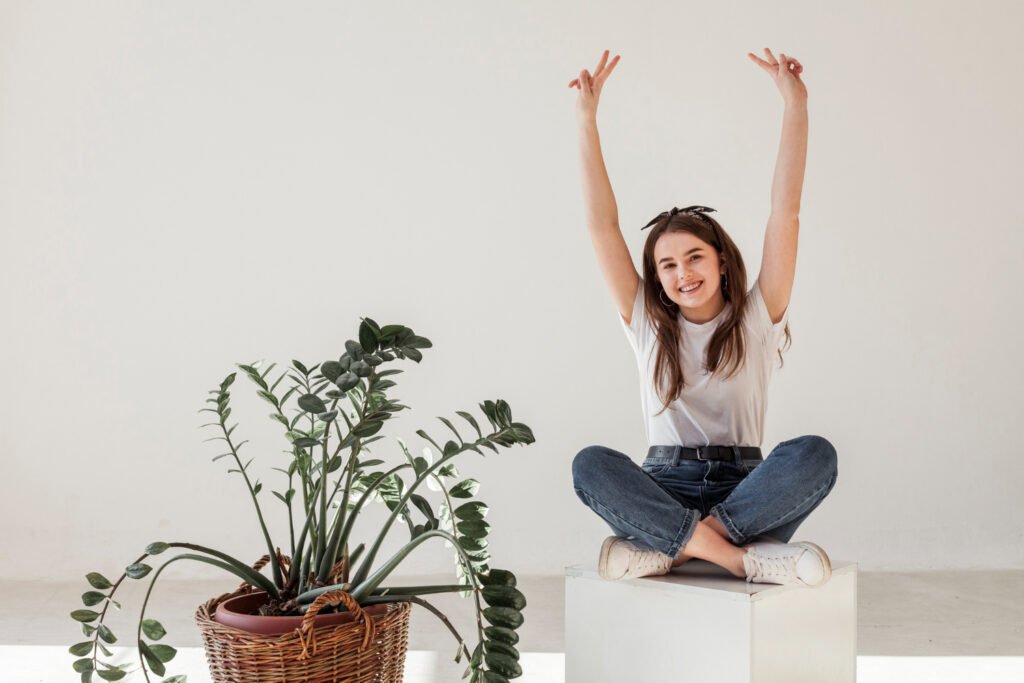In a world where we’re often swept up in routines, responsibilities, and endless to-do lists, it’s easy to forget one powerful truth — you can design your lifestyle. That’s right. You have the ability to shape how you live, what you do each day, and what kind of life you lead. It starts with a clear vision and evolves into an intentional everyday reality.

Let’s explore how you can design your lifestyle — from the big-picture vision down to the daily habits that make it real.
Contents
Why Lifestyle Design Matters
Lifestyle design is the intentional act of building a life that aligns with your values, passions, goals, and personal definition of success. It’s not about copying someone else’s life or chasing trends. It’s about living on your terms.
Many people live reactively — taking what comes, following traditional paths, or simply surviving the day. But when you take a proactive approach and design your lifestyle, you reclaim control. You move from survival to purpose. From autopilot to fulfillment.
Step 1: Define Your Vision
The first step in lifestyle design is getting crystal clear about what you want.
Ask yourself:
-
What does an ideal day look like?
-
How do you want to feel each morning?
-
What kind of work excites you?
-
Where do you want to live?
-
Who do you want around you?
-
How much free time do you want?
-
What values drive your choices?
Write your answers down. Create a vivid vision of your ideal life — not ten years from now, but the lifestyle you want to start moving toward today. Visualizing your ideal life helps set the foundation for all the decisions that follow.
Step 2: Audit Your Current Reality
Now take an honest look at your current lifestyle. How close or far are you from your ideal vision?
Do this by reviewing areas like:
-
Work: Are you doing something you enjoy? Does it provide flexibility or drain your energy?
-
Health: Are you prioritizing your physical and mental well-being?
-
Finances: Are your spending habits aligned with your goals?
-
Relationships: Are the people in your life supportive and inspiring?
-
Environment: Does your home and daily space inspire productivity and calm?
This lifestyle audit isn’t about feeling guilty — it’s about identifying gaps and opportunities for change.
Step 3: Set Intentional Goals
Lifestyle design doesn’t happen overnight. It’s a process built on clear, actionable goals.
Based on your vision and lifestyle audit, start setting short-term and long-term goals. These could be:
-
Starting a side hustle to eventually quit your 9-to-5.
-
Decluttering your home to create a calming space.
-
Committing to 30 minutes of daily exercise for better energy.
-
Creating a morning routine that sets the tone for your day.
-
Saving for a move to a location that suits your lifestyle.
Make these goals specific, measurable, and aligned with your values. Break them into small steps that you can realistically incorporate into your week.
Step 4: Align Your Habits
Goals set the destination. Habits build the road.
Your daily routines either support your lifestyle vision — or sabotage it. Examine your habits and ask:
-
Do my current routines support my long-term vision?
-
What small daily changes could create momentum?
You might begin:
-
Waking up 30 minutes earlier to journal or meditate.
-
Replacing 30 minutes of scrolling with reading or planning.
-
Preparing healthy meals in advance to boost energy and focus.
-
Scheduling regular “me time” for creativity or rest.
Even tiny adjustments can create a ripple effect. Over time, small wins compound into big transformation.
Step 5: Create Your Ideal Environment
Your environment influences your mindset, productivity, and energy. Surround yourself with people, spaces, and tools that support your goals.
-
Declutter your space to reduce stress and increase focus.
-
Use digital tools (like habit trackers or productivity apps) to stay on course.
-
Find a community (online or local) that encourages and challenges you.
-
Display visual reminders of your lifestyle vision — like a vision board, quotes, or post-its.
Design your surroundings to reflect the life you’re building. This keeps you motivated and focused on the bigger picture.
Step 6: Embrace Flexibility and Growth
One of the most important elements of lifestyle design is knowing that your vision will evolve.
You’re not designing a fixed blueprint — you’re crafting a lifestyle that adapts as you grow. As your priorities shift, your goals will too. That’s not failure. That’s growth.
Be kind to yourself during the journey. Expect setbacks. Celebrate progress. Reflect often. Adjust where needed.
Lifestyle design is less about perfection and more about alignment — making sure your life feels true to you.
Real Life, Real You
Designing your lifestyle isn’t about creating a fantasy. It’s about closing the gap between how you live and how you want to live.
Whether you want to travel the world while working remotely, spend more time with your family, or simplify and slow down — it’s possible. But it starts with a decision: the choice to live intentionally, not passively.
So, take that step. Start with your vision. Break it into habits. Align your space. And show up each day with purpose.
Final Thoughts
Your lifestyle isn’t just a result of circumstances — it’s a reflection of your choices. And those choices are in your hands.
Designing your life takes time, courage, and consistency. But the reward is freedom, fulfillment, and a deep sense of alignment.
Are you ready to turn your vision into everyday reality?


